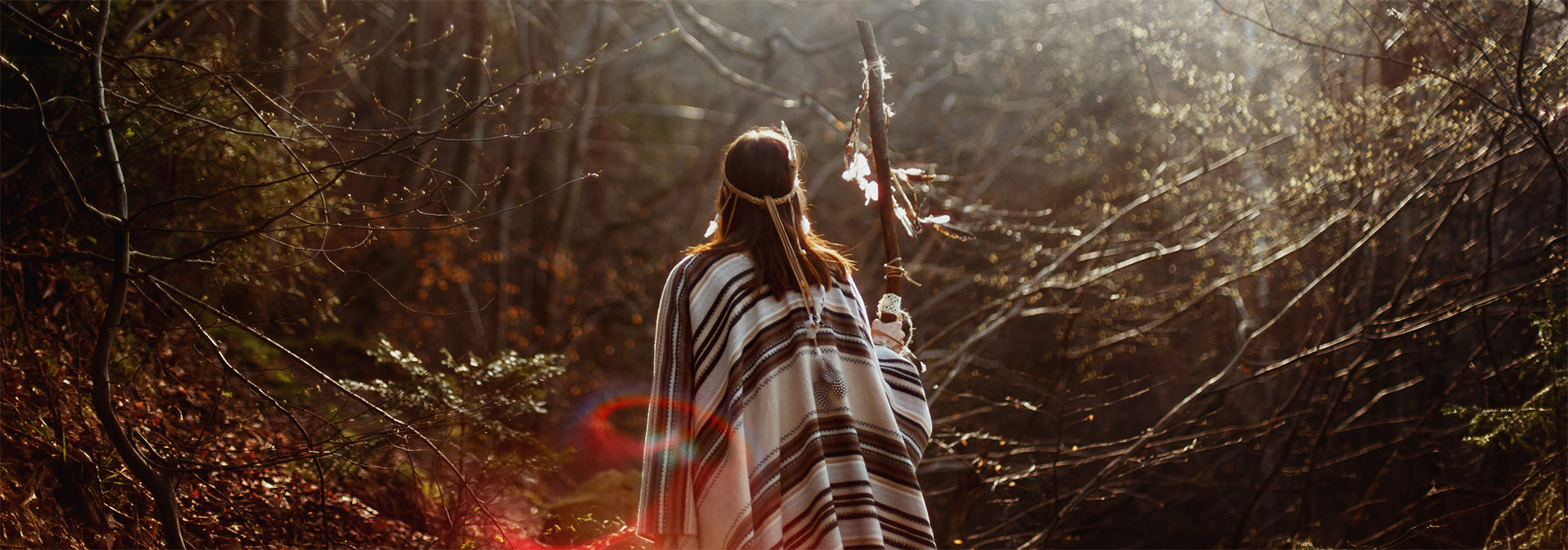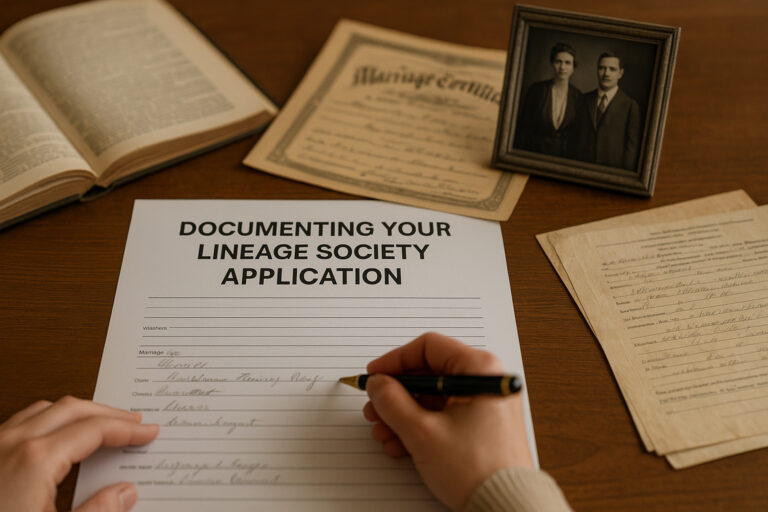
First Nations in Canada and DNA Testing
Roberta Estes, author of DNA for Native American Genealogy, has written the following about Canada’s “First Nations.”
“The Canadian government recognizes 634 First Nations bands who are similar to tribes in the United States, although the membership criteria is different. These bands comprise more than 2% of Canadian residents.
“Like in the United States, benefits are both valuable and variable, and who should and should not be recognized is a widely debated political hot-potato. Some bands determine their own membership, and some do not.
“You can determine if you are eligible to join by contacting the Indigenous Services Department. The Canadian Indian Services Act is complex and confusing, but in general, one parent or an immediate family member—such as an uncle, aunt, or cousin—will need to have already been issued a Certificate of Indian Status card. You will also need to know the band to which you are eligible to belong before applying.”
Readers of DNA for Native American Genealogy will find references to DNA haplogroups that are common to Canadian Native Americans throughout the volume. This information is crucial for establishing descent from one of Canada’s First Nations. It may or may not be of importance in establishing eligibility in connection with the recent settlement reached between the Canadian government and its First Nations.
According to an article by Catherine Porter in the January 4, 2022 issue of the New York Times:
“The Canadian government announced Tuesday that it had reached what it called the largest settlement in Canada’s history, paying $31.5 billion to fix the nation’s discriminatory child welfare system and compensate the Indigenous people harmed by it.
The agreement in principle forms the basis for a final settlement of several lawsuits brought by First Nations groups against the Canadian government. Of the overall settlement, 40 billion in Canadian dollars, half will go toward compensating both children who were unnecessarily removed, and their families and caregivers, over the past three decades.
The rest of the money will go toward repairing the child welfare system for First Nations children — who are statistically far more likely to be removed from their families — over the next five years to ensure families are able to stay together.
“First Nations from across Canada have had to work very hard for this day to provide redress for monumental wrongs against First Nation children, wrongs fueled by an inherently biased system; said Cindy Woodhouse, the Manitoba regional chief at the Assembly of First Nations, the largest Indigenous organization in Canada.”
To read the rest of this article at the New York Times please click on the following link: Continue reading the main story




